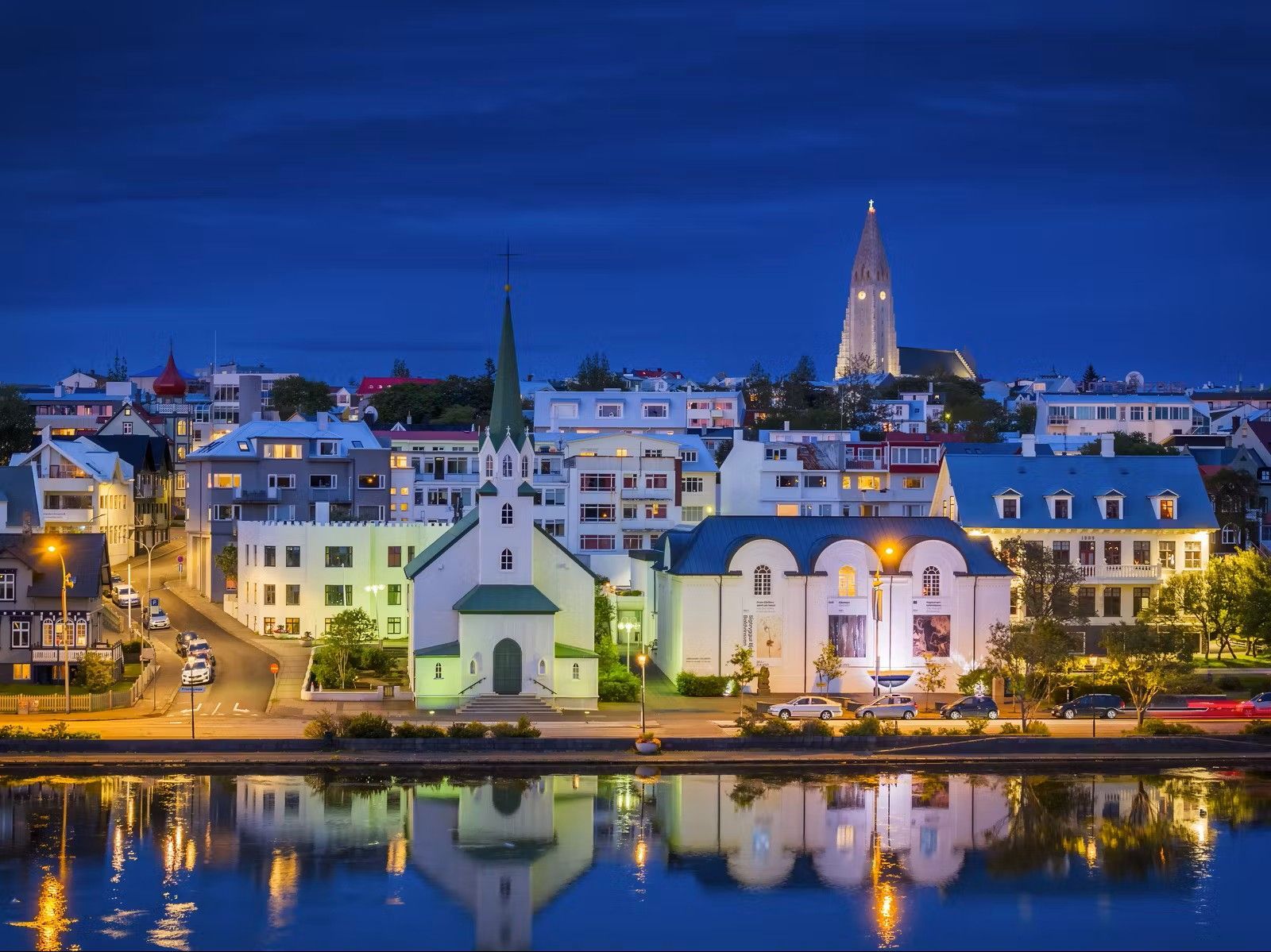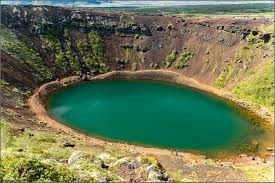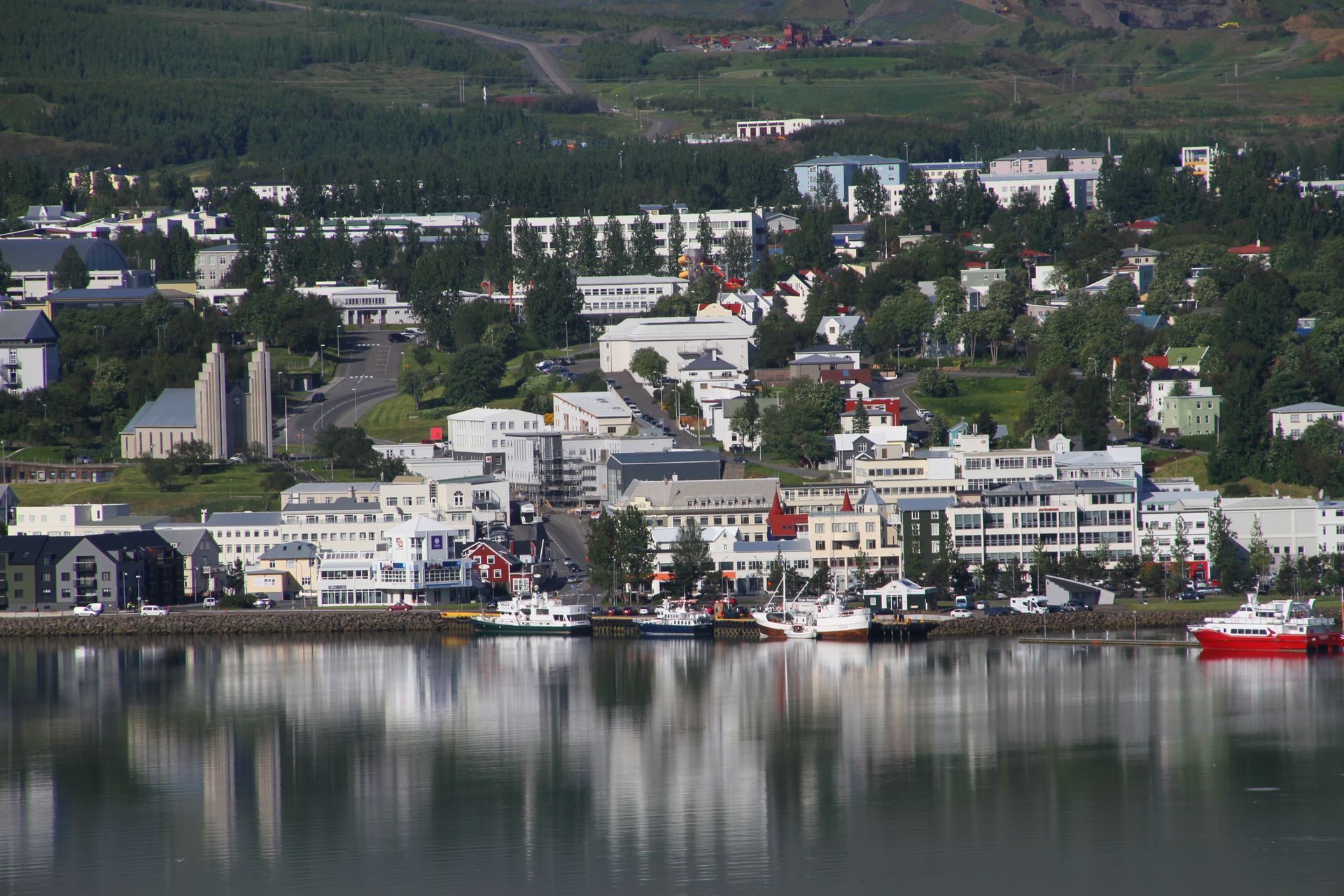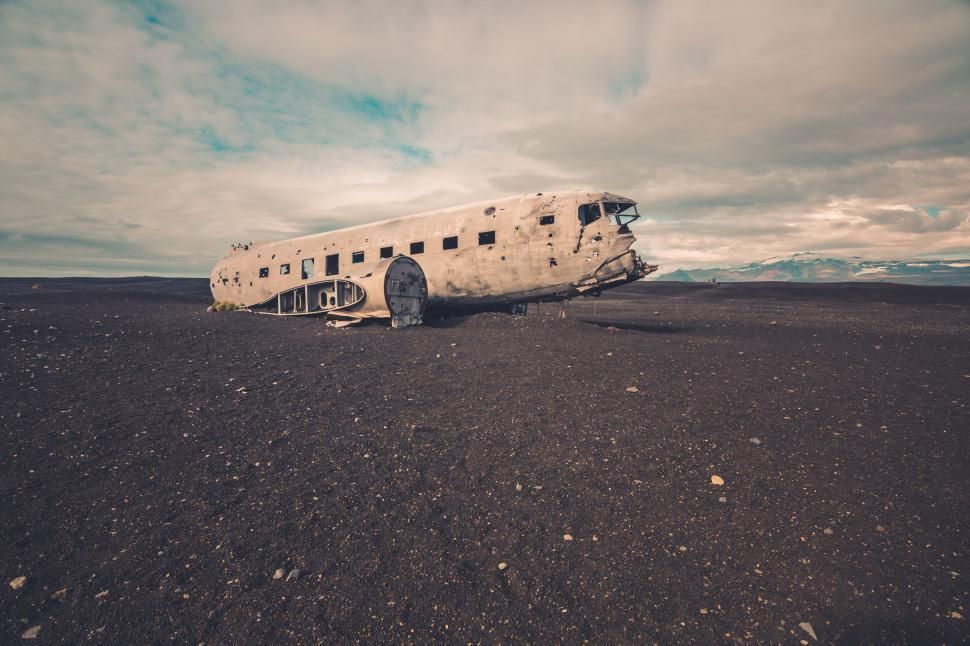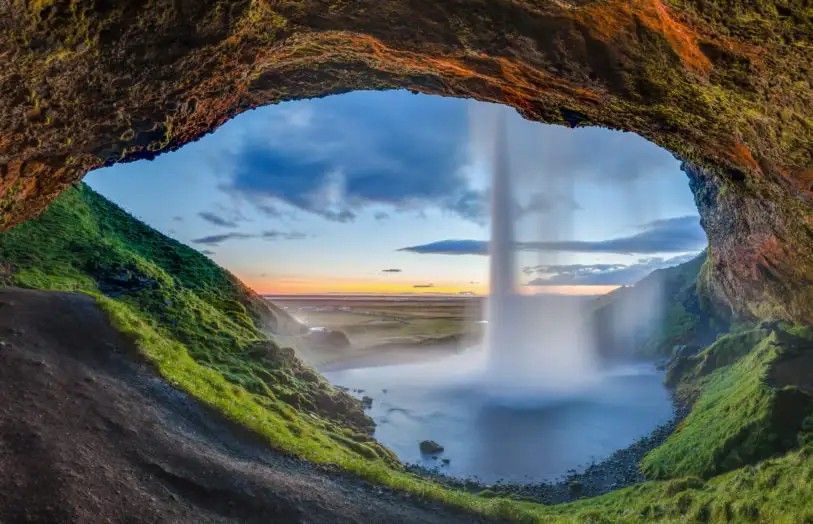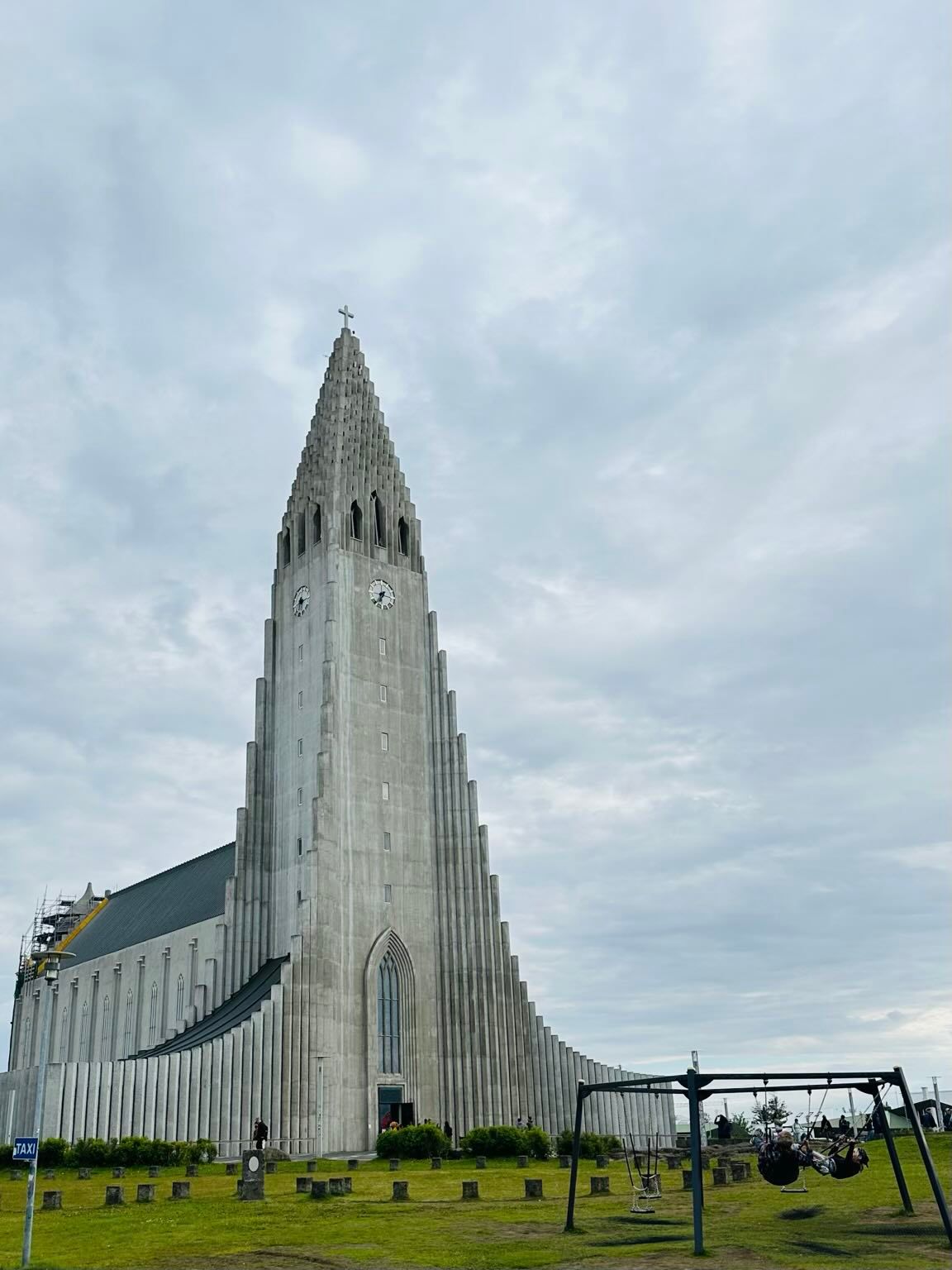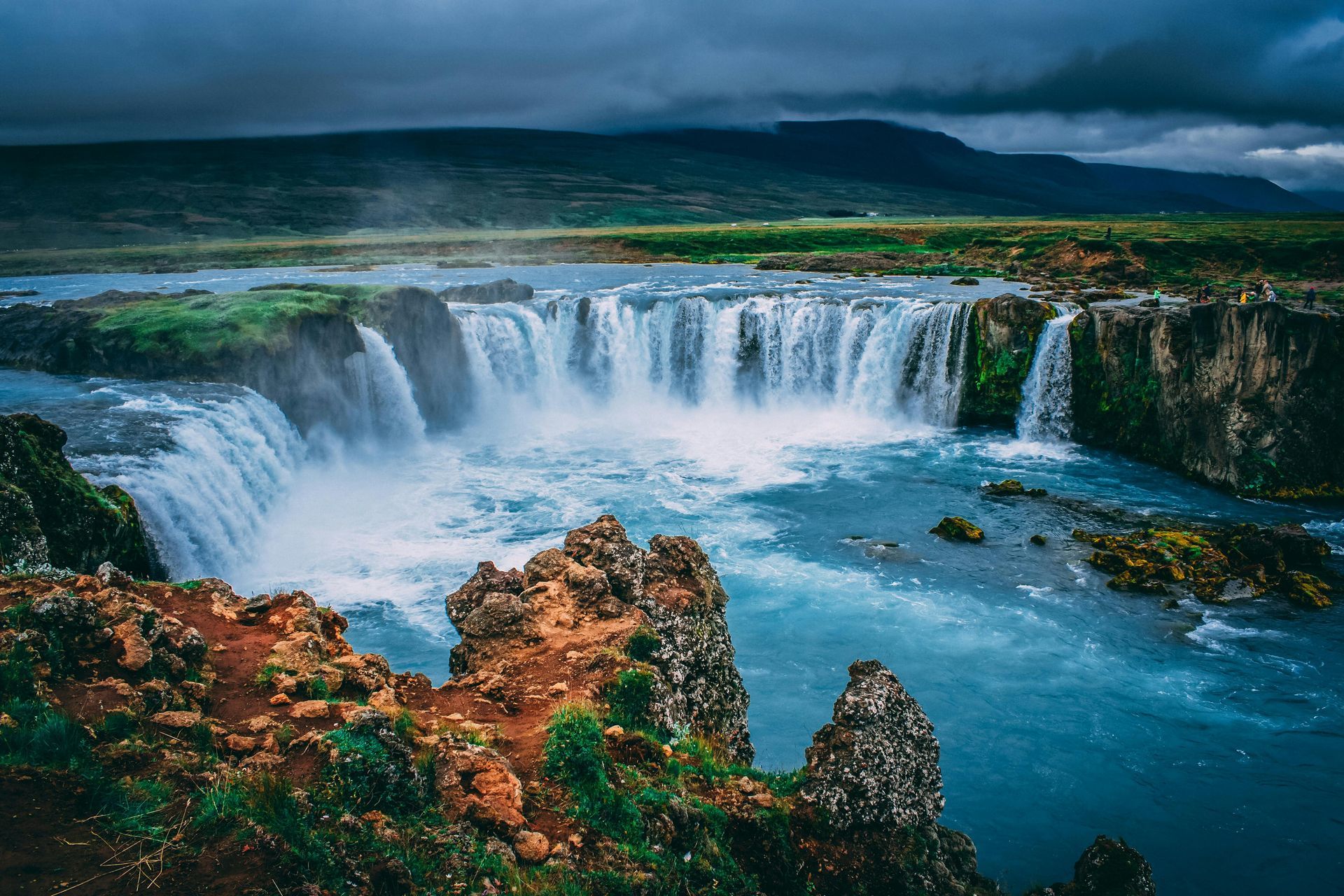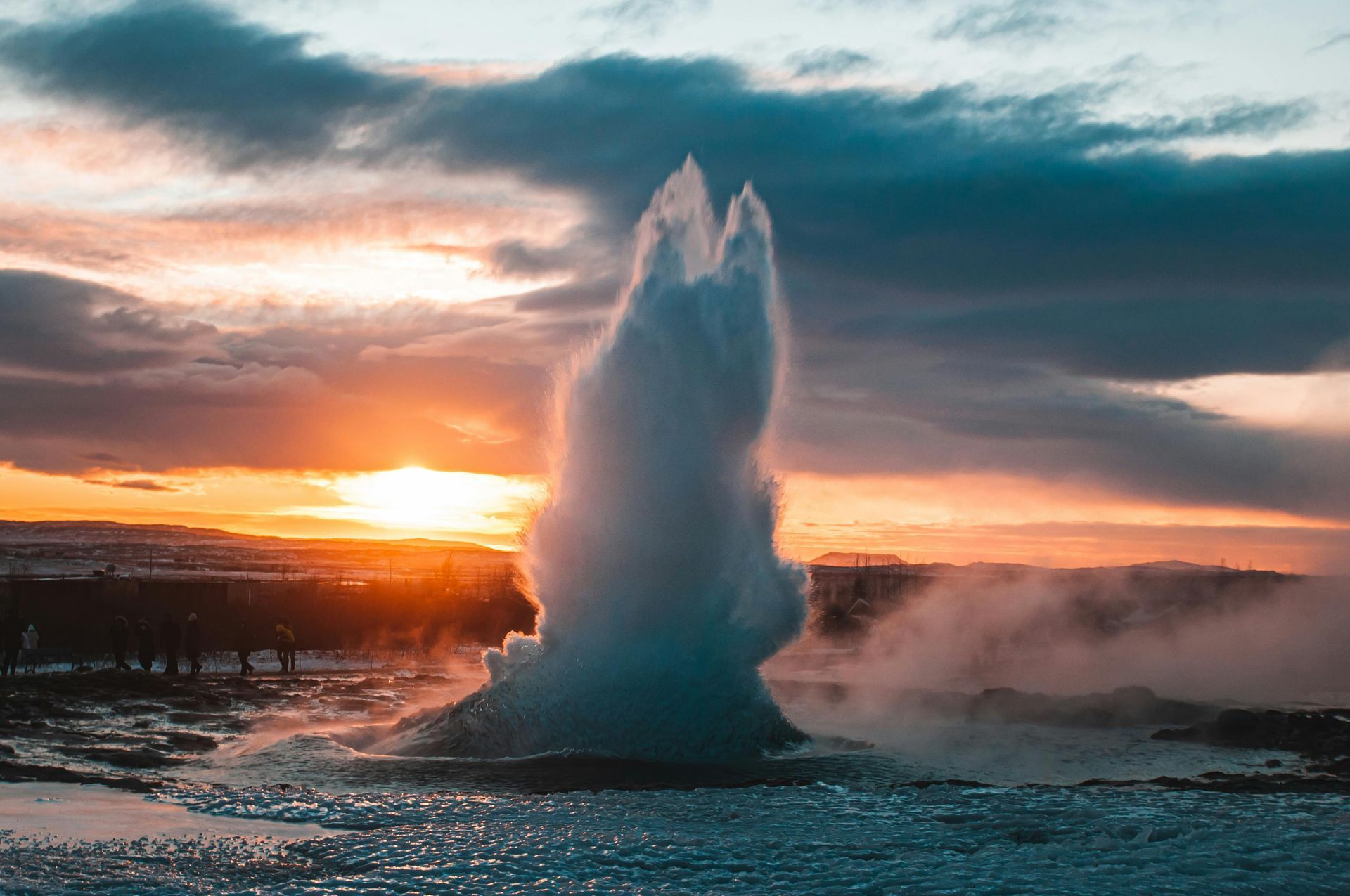Svalbard & The Arctic Route (Norway)
About Svalbard...
Svalbard is an Arctic archipelago belonging to Norway, located roughly halfway between mainland Norway and the North Pole. Its main island is Spitsbergen, where most of the population lives. It is one of the world’s most unique, remote, and fascinating places, both geographically and culturally. Svalbard's landscape is dominated by vast glaciers, rugged mountains, frozen tundra, and dramatic fjords, with nearly 60% of the land covered in ice. Seasonal contrasts define life here: the Polar Night, from mid-November to mid-February, brings 24 hours of darkness, while the Midnight Sun, from May to August, offers continuous daylight.
Despite its remoteness, Svalbard teems with wildlife. Polar bears are iconic, though they are not as commonly seen on land as the Arctic foxes and the distinctive Svalbard reindeer. The region is also home to walruses, bearded and harp seals, numerous whale species, and vast seabird colonies that flourish during the summer months. Strict environmental regulations help protect these species and their fragile Arctic habitats, and travellers are required to follow safety guidelines at all times, especially when venturing outside the settlements.
The main settlement, Longyearbyen, is one of the world’s northernmost communities and home to a diverse population of around 2,500 residents from more than 50 nationalities. It offers surprisingly vibrant cultural life with cafés, museums, galleries, and gourmet restaurants. Other communities include the Russian mining town of Barentsburg and the international research base at Ny-Ålesund. Notably, Svalbard has no indigenous population; instead, it is a place of transient workers, scientists, explorers, and adventurers.
Historically reliant on coal mining, Svalbard’s economy has shifted toward tourism, scientific research, and satellite-based environmental monitoring. During winter visitors can enjoy dog sledding, snowmobiling, ice cave exploration and northern lights excursions (day and night), and during summer there are boat and fjord cruises, visits to abandoned mining sites, kayaking and glacier hikes. With its pristine wilderness and extreme conditions, Svalbard offers an unparalleled sense of remoteness, stillness, and natural power.
Nuggets of information:
- An Arctic desert, Svalbard is considered one of Earth’s last great wildernesses.
- With around 3,000 polar bears and just about 2,500 residents, polar bears outnumber the human population.
- Northern lights can also be seen during the day - during polar nights.
- One can neither be born nor die on Svalbard.
- Carrying a gun is a must, when leaving the settlement.
- Seven of Norway's 47 national parks are on Svalbard.
- Svalbard is a completely visa free zone.
- Less than 10% of the archipelago's landmass has any vegetation.
- It houses the world's only global seed vault, a secure backup storage facility for protecting valuable seed samples from natural disasters, climate change, conflict, and accidental loss.
- It is customary to take your shoes off when entering buildings.
- Longyearbyen airport is built on permafrost.
- Cats are forbidden on the islands, in order to protect the local fauna and safeguard the local birdlife.
- Svalbard is pretty much cashless. There is no bank branch or a working ATM in Longyearbyen.
Our Itineraries
Itineraries: As destination experts, we excel in crafting bespoke itineraries that are aligned with your vision, individual style and interests. Contact us to make your Uzbekistan holiday dream a reality.
Multi – Country tours and extensions:
With direct flight connections between Reykjavík and towns in Greenland, as well as Tórshavn in the Faroe Islands, Iceland pairs perfectly with these North Atlantic neighbours, making it an ideal base for crafting unique and adventurous itineraries.
Greenland is a land of extremes and surprises. Although it’s the world’s largest island, the majority of it is covered by a massive ice sheet, with only about 20% of the land actually inhabitable. Travelling around isn’t as simple as hopping into a car or catching a train. Until you experience it first hand, Greenland remains a cold and distant land in most people’s imagination.
The Faroe Islands are a remote North Atlantic archipelago where dramatic cliffs, misty fjords, and grass-roofed cottages meet centuries-old Viking heritage. With more sheep than people, unpredictable weather, and breathtaking landscapes at every turn, the Faroes feel like a well-kept secret waiting to be discovered.
General Guidance:
Visa:
UK passport holders do not require a visa for Iceland for travel up to 90 days. Click on the link for a visa guide for Iceland.
Insurance:
It is a mandatory requirement for all travellers booking with a UK-based tour operator to hold adequate travel insurance. Your policy must provide cover for loss of luggage and personal belongings, medical treatment or hospitalisation, repatriation, flight delays or cancellations, and trip curtailment or cancellation due to unforeseen circumstances. Please be aware that certain destinations or regions may be subject to government travel advisories, in which case standard travel insurance may not offer sufficient protection. If your itinerary includes such areas, or if an advisory is issued after your booking is confirmed, we will notify you. However, it remains your responsibility to ensure that your insurance policy provides comprehensive and appropriate coverage for all aspects of your travel plans.
Travel advisory:
We recommend consulting the travel advisory of the country you are travelling to/wish to. Click here for the relevant weblinks – UK, USA, Canada, Australia and New Zealand. Citizens of other countries must check their respective governments’ advice.
Medical advice:
We recommend consulting your medical practitioner or a travel health clinic for up-to-date advice on vaccinations and any necessary medications.

